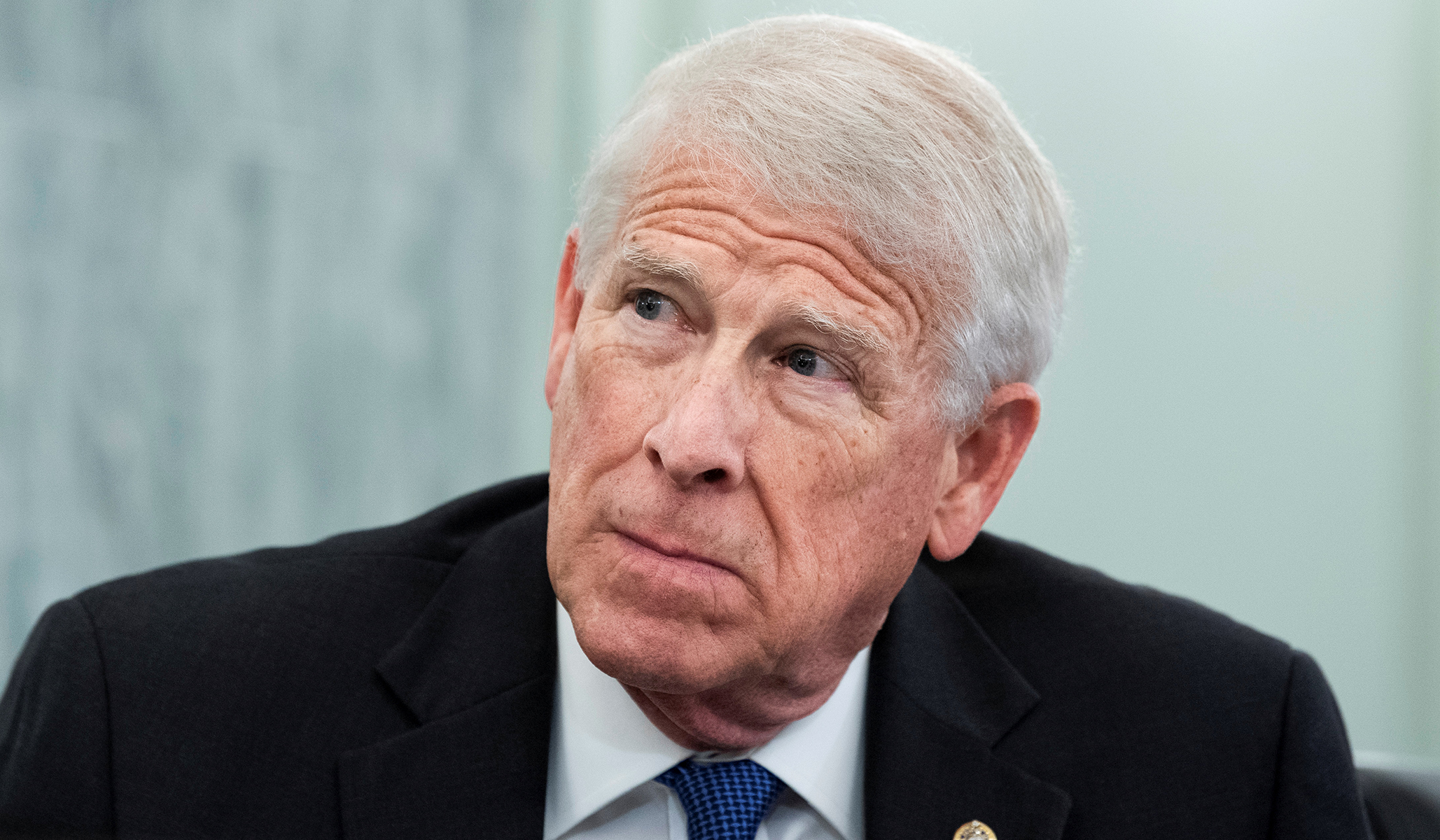Conservatives Plan a ‘National-Defense Renaissance’ at over $1.2 Trillion in Defense Spending

All Our Opinion in Your Inbox
There’s an underappreciated sea change underway in how conservatives are approaching the U.S. defense budget. As Congress finalizes this year’s defense-spending-authorization bill, a number of high-profile Republican policy makers have started to call for a budget topline that exceeds $1.2 trillion. For context, lawmakers last year authorized $768 billion in military spending.
In short, Russia’s invasion of Ukraine, China’s stepped-up intimidation of Taiwan, and Iran’s progress toward a nuclear weapon have all convinced some officials to advocate for a figure that far exceeds even what some GOP defense hawks have called for in recent years.
Writing in June for Foreign Policy magazine, H. R. McMaster argued that an “unstable and dangerous world” rife with heightened aggression from authoritarian adversaries should lead the U.S. to spend 4.5 percent of GDP on defense — which he said is equivalent to about $1.2 trillion. Here’s what the piece, co-authored with Forum for American Leadership’s Gabriel Scheinmann, explains:
Russia and China were emboldened, in part, because the United States undertook the greatest drawdown of military power since the collapse of the British empire. In 1990, the U.S. military had about 266,000 service members stationed in Europe; by the end of 2021, it was only about 65,000 service members. In 1989, the U.S. Army had 5,000 tanks permanently stationed in West Germany alone; by 2014, there were zero on the entire continent. In 1990, the United States had 5,000 nuclear bombs forward deployed in Western Europe; today, it has around 150 nuclear bombs. Until the 2014 start of Russia’s war in Ukraine and despite NATO enlargement, not a single U.S. service member was permanently stationed farther east than during the Cold War. In Asia, where the Chinese People’s Liberation Army has more than 2 million ground force personnel and the Chinese navy is now the largest in the world, the United States’ active-duty Army has been cut by one-third since 1990. The U.S. Navy has 40 percent fewer sailors in Asia and will soon have only half the number of active warships it had stationed there in 1990. In 2019, China conducted more ballistic missile tests than the rest of the world combined. Recent reports show that China is expected to quadruple the size of its nuclear arsenal by decade’s end.
The policy of restraint continues to limit the U.S. defense budget. At the close of the century, China and Russia together spent 13 percent of what the United States spends on defense. Today, that number is 67 percent. . . .
The United States must end its unilateral restraint vis-à-vis Russia and China and be realistic about the nature of the adversaries it faces. First, the United States must rearm, and the defense budget must increase. It must pay for new capabilities that counter and exceed those China and Russia have invested in. The Joint Forces must be substantially bigger to deter Russian and Chinese aggression as well as be able to respond to multiple, simultaneous contingencies. In today’s dollars, achieving even the Cold War-era floor of spending 4.5 percent of GDP on defense would mean a $1.2 trillion budget.
Others, such as McMaster’s former national-security-council colleague, Matt Pottinger, have advocated an even larger budget, in light of the growing partnership between Beijing and Moscow. Earlier this year, in an interview with the Wall Street Journal, Pottinger said that the U.S. should immediately double its current defense spending:
The U.S., he says, also needs a show of strength and determination: “What we have to do is double our defense spending immediately. We’re still spending about half of what we spent as a percentage of GDP during the Reagan administration, and the Reagan administration wasn’t even the peak of our Cold War spending.” Can the U.S. afford a $1.5 trillion Pentagon budget? “Our defense expenditures are minor in comparison to our entitlement programs. Universal healthcare is an amazing thing, but it’s not going to save Europe and Taiwan or, in the end, our own national security and way of life.”
Since neither of these officials are currently in government, the task will fall to enterprising lawmakers to craft a defense-spending proposal that enables Washington to keep pace with an increasingly dangerous set of adversaries. Depending on the GOP’s performance this fall, Republicans may be setting the agenda at either the House Armed Services Committee, the Senate Armed Services Committee, or both. Whatever happens in November, at least one lawmaker favored to lead Republicans on the Senate panel has already signaled his support of a significantly more robust topline figure.
Senator Roger Wicker, the odds-on favorite to become the top GOP member on Senate Armed Services, recently published a blueprint of sorts for a “national-defense renaissance” at NRO, suggesting that a similar level of at least 5 percent of GDP is necessary to maintain U.S. competitiveness:
The Senate Armed Services Committee has heard repeatedly from defense experts that the U.S. should spend 5 to 8 percent of GDP on defense for the foreseeable future to keep pace with China and other threats. President Biden does not seem to understand this. He has consistently proposed less than 3.5 percent of GDP for defense. Congress jettisoned the President’s meager top-line last year in favor of a substantially higher number, and we are preparing to do so again in FY2023. Smart defense planning would dictate a spending increase to 5 percent of GDP at minimum to thwart our military’s atrophy.
None of these officials is likely to shape this year’s defense budget to the degree that they’ve recently advocated; the bill currently authorizes $840 billion in spending, which is still more than what President Biden proposed. But a changing political landscape may soon offer up some new opportunities.